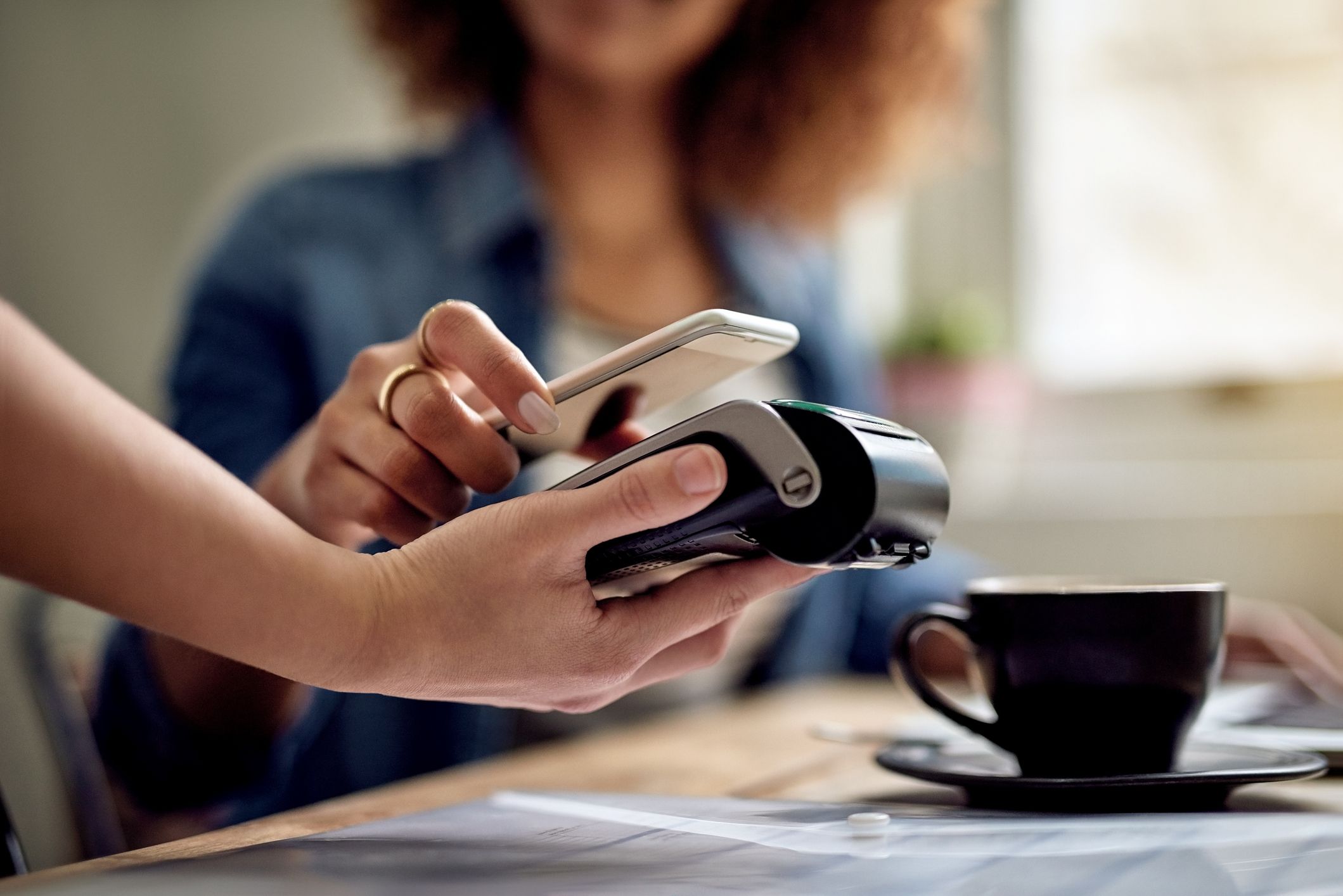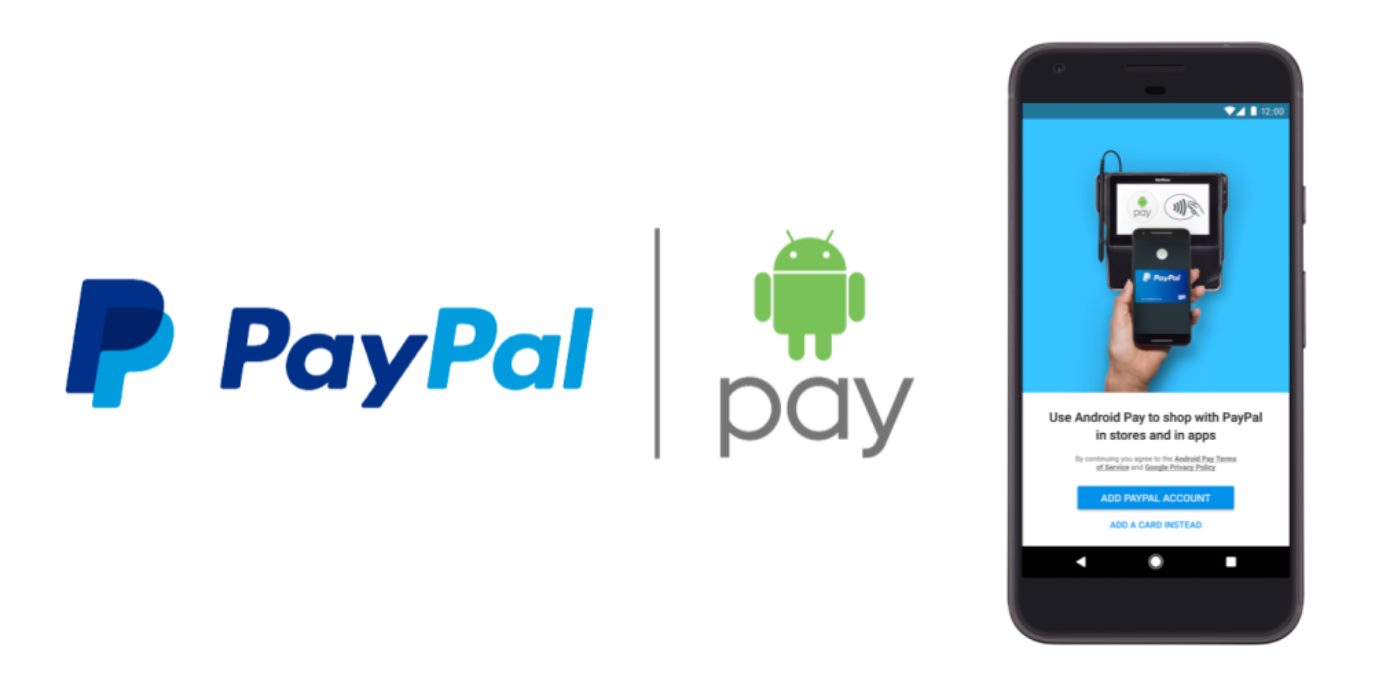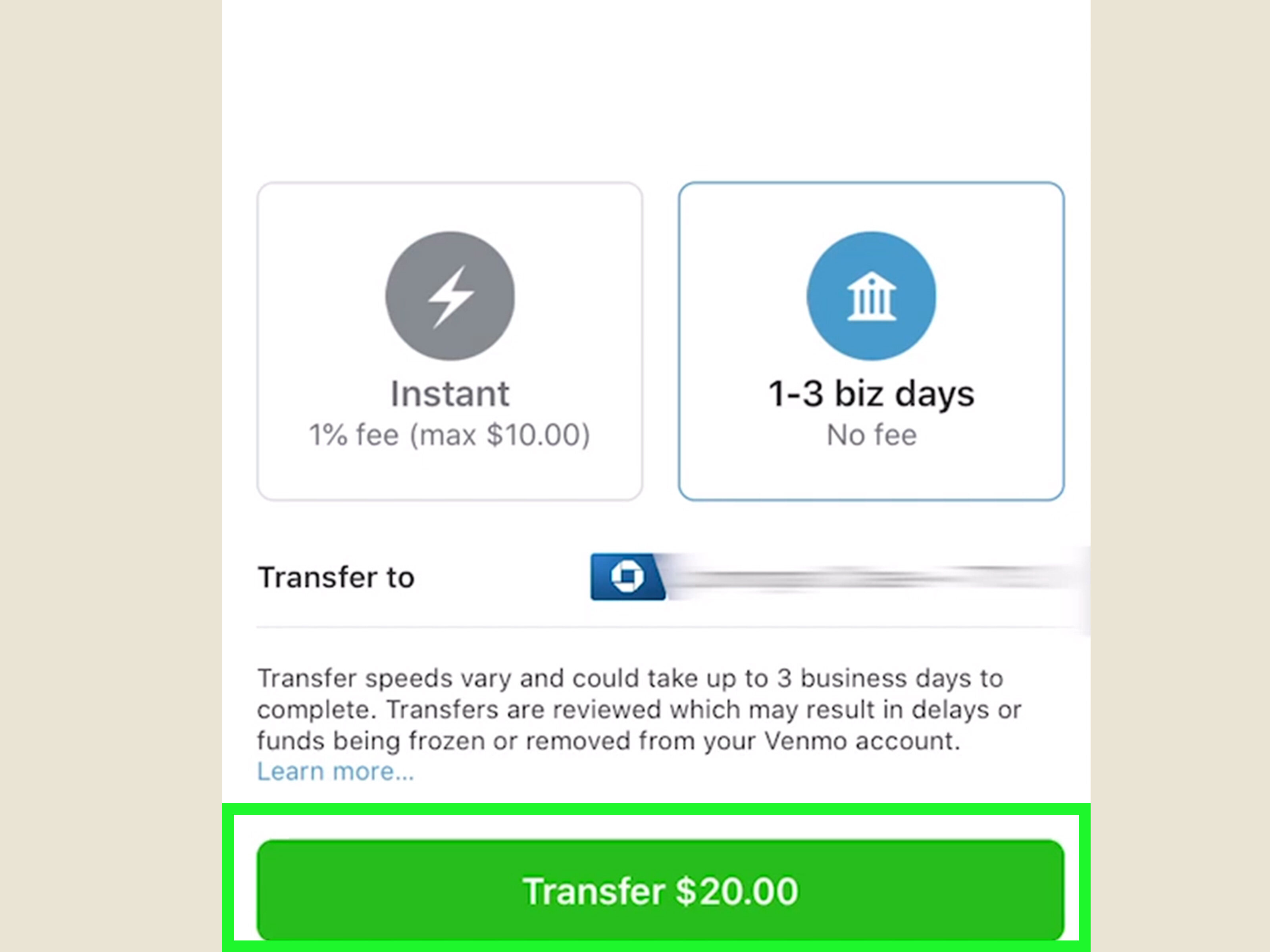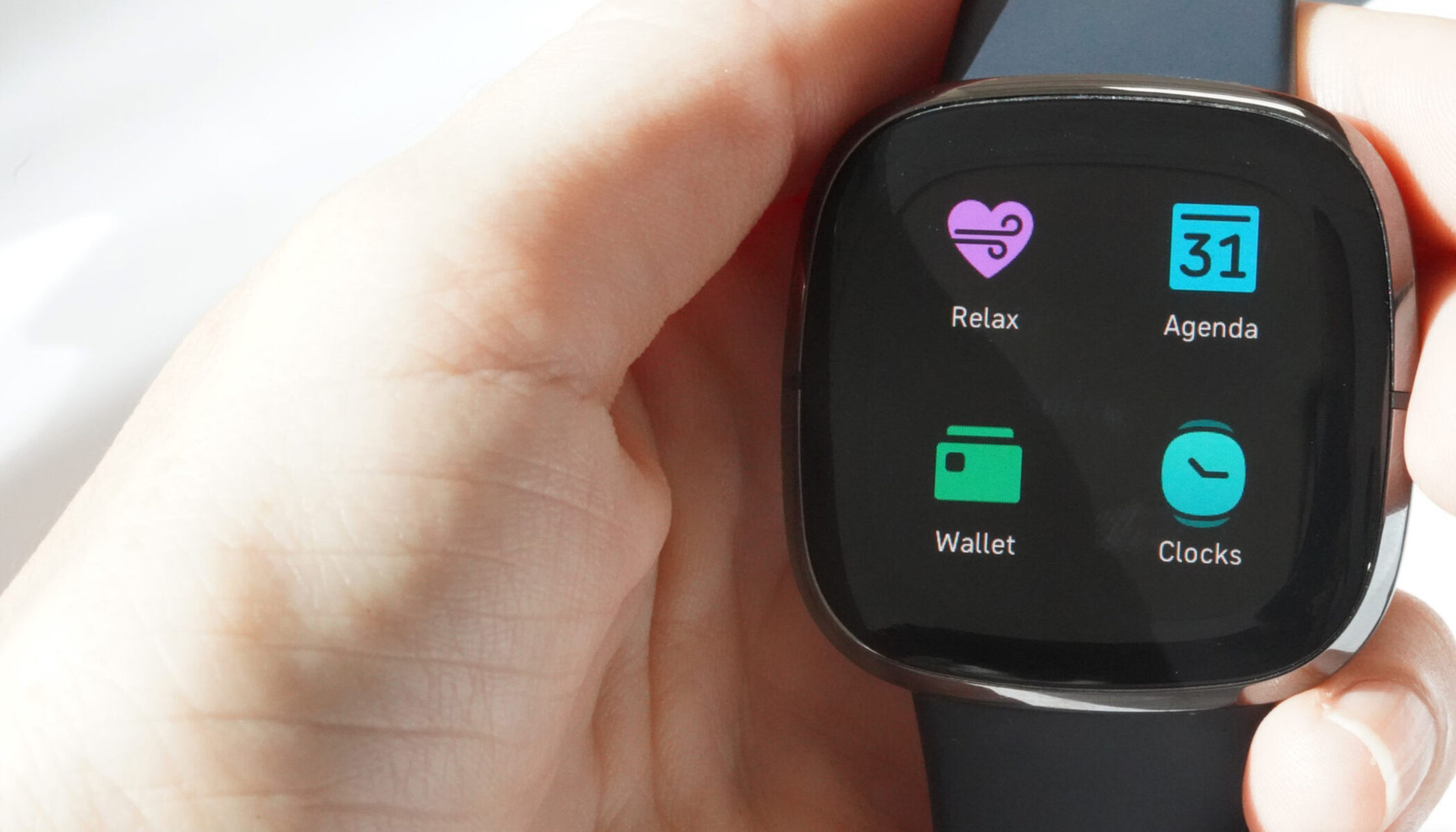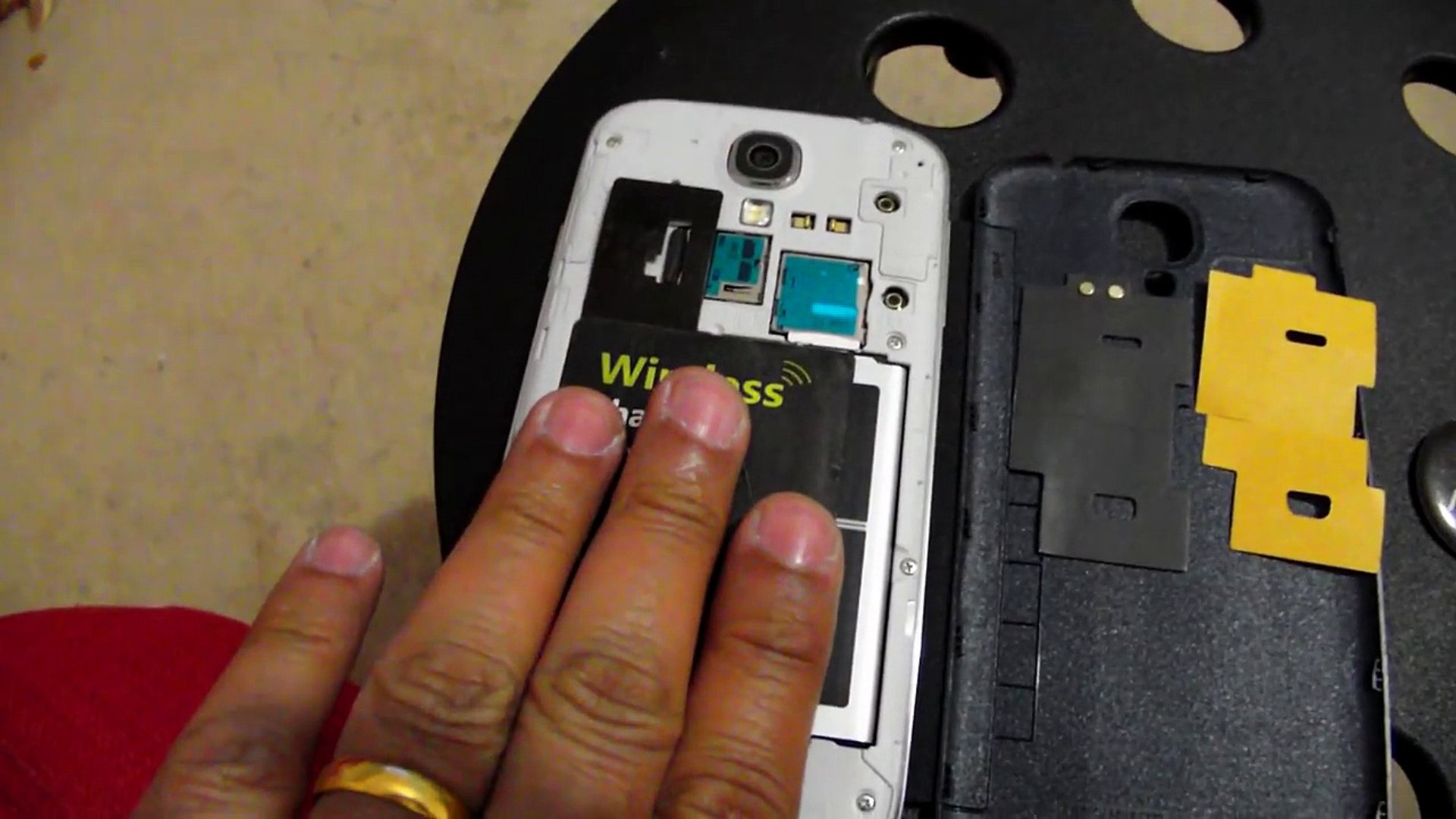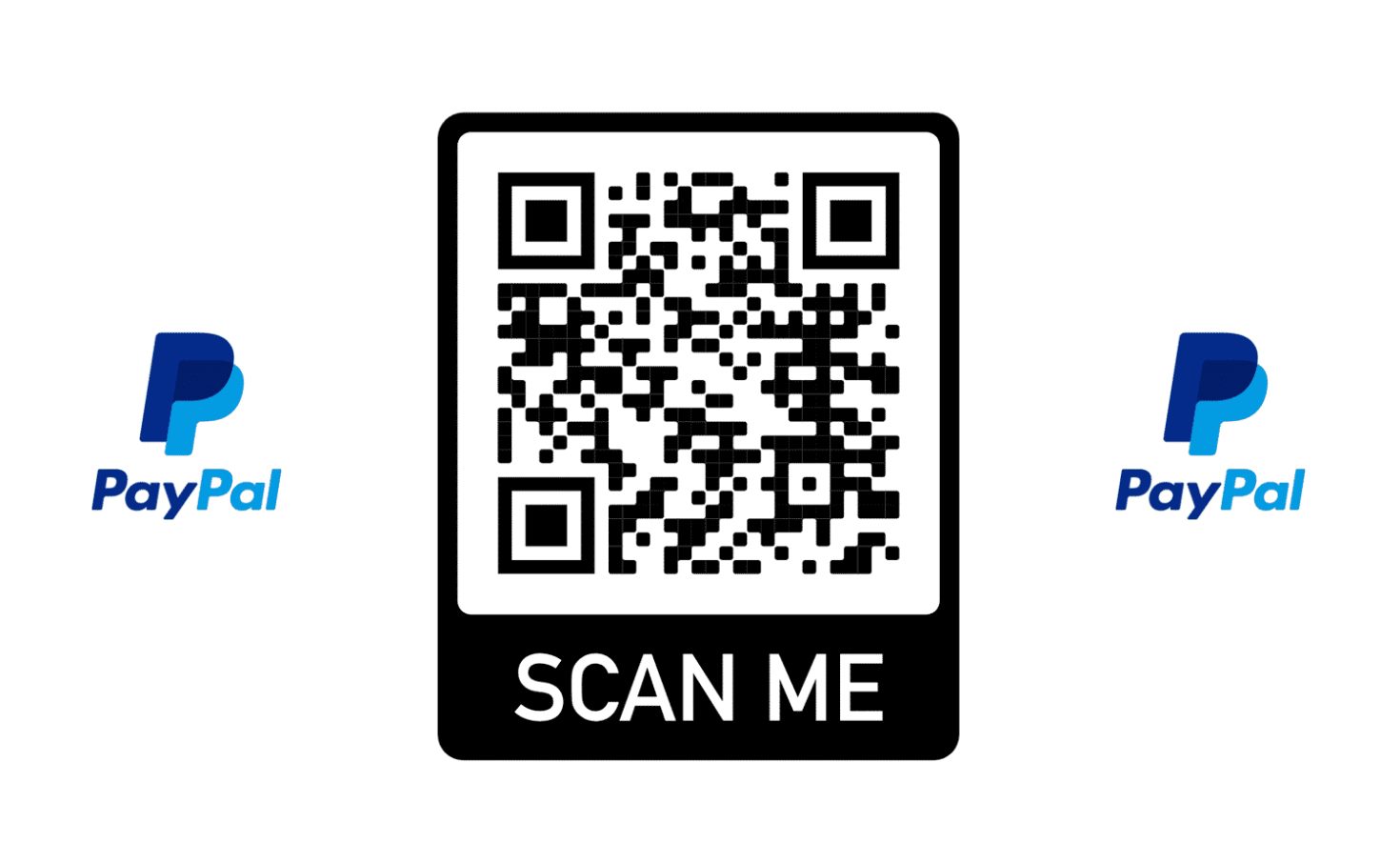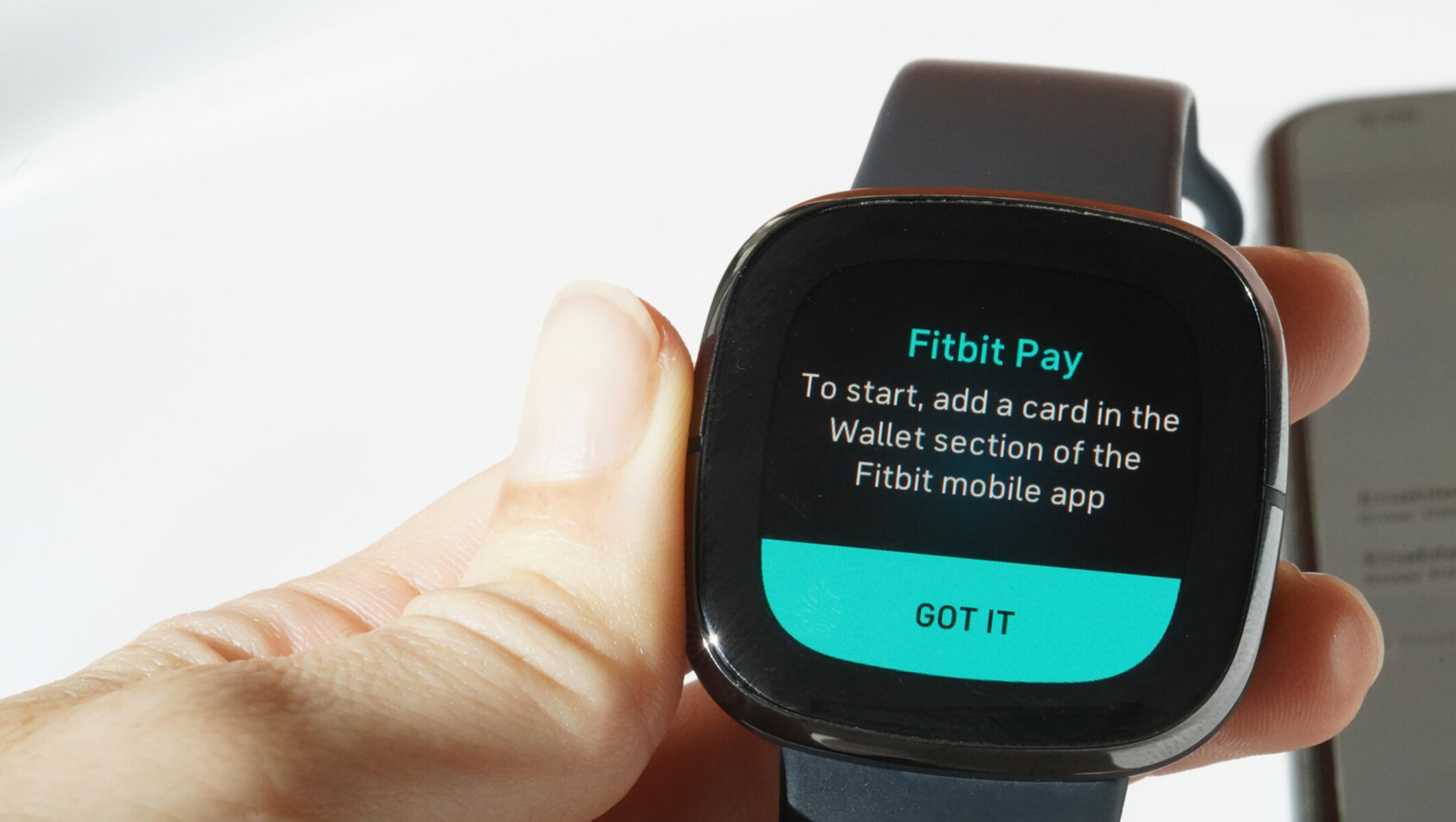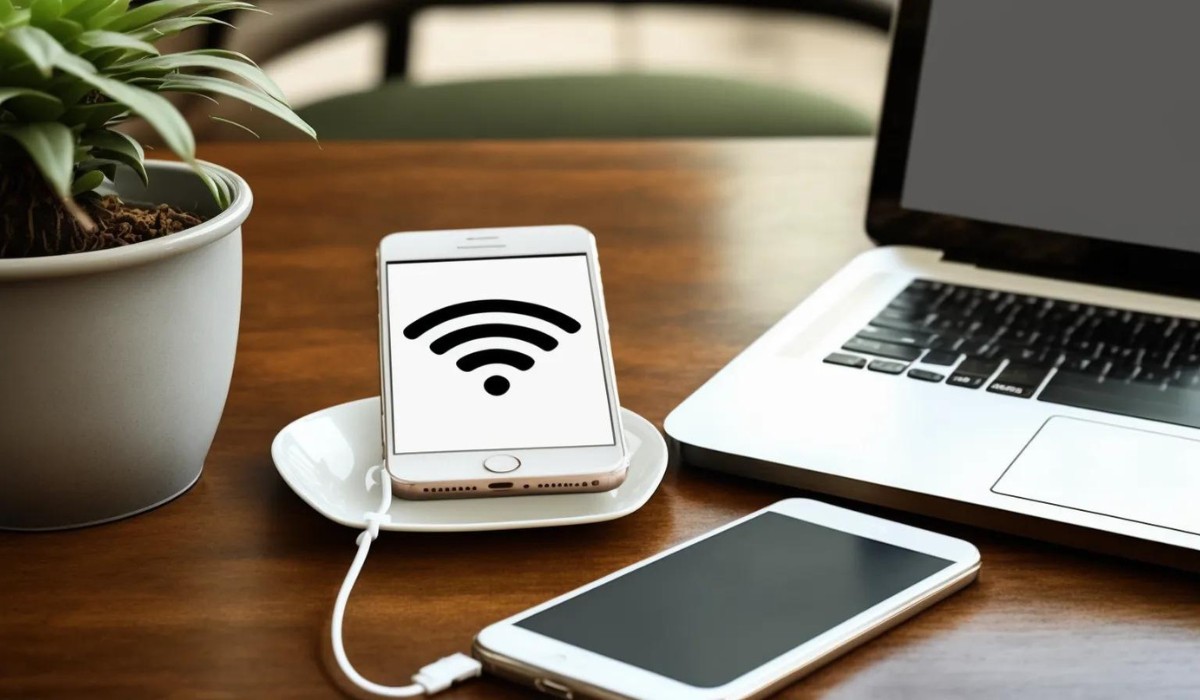Introduction
Smartphones have become an integral part of our lives, revolutionizing the way we communicate, shop, and stay entertained. In recent years, smartphones have also become a convenient and secure means of making payments. With just a few taps on your device, you can complete transactions quickly and effortlessly. Whether you’re buying groceries, paying for a meal at a restaurant, or splitting a bill with friends, using your smartphone for payments offers a level of convenience that traditional payment methods cannot match.
But why should you consider using your smartphone for payments? In this article, we will explore the benefits of utilizing this technology, the security measures in place to protect your information, and the steps to set up your smartphone for payment purposes. Additionally, we will discuss some popular payment apps that enable seamless transactions and highlight the advantages and potential drawbacks of using smartphones for payments. By the end of this article, you will have a clear understanding of how smartphone payments work and whether they are the right choice for you.
Why Use Your Smartphone for Payments
In today’s fast-paced and digital world, using your smartphone for payments offers several compelling advantages. Here are some of the key reasons why you should consider embracing this technology:
- Convenience: Carrying cash or multiple cards can be a hassle. With your smartphone, all you need is one device to make payments anytime, anywhere. Whether you’re in a store, restaurant, or even making online purchases, your smartphone provides a seamless and convenient payment experience.
- Speed: Traditional payment methods can be time-consuming, involving swiping cards, signing receipts, and waiting for transactions to process. With smartphone payments, the process is streamlined, allowing you to complete transactions swiftly. It’s as simple as scanning a QR code or tapping your phone on a contactless payment terminal.
- Enhanced Security: Smartphone payment apps utilize advanced security measures to protect your financial information. From encryption technology to biometric authentication (such as fingerprint or face recognition), these apps prioritize the safety of your transactions. Additionally, smartphone payments eliminate the risk of card skimming or loss, as your payment information is securely stored on your device.
- Rewards and Offers: Many smartphone payment apps offer rewards programs and exclusive discounts. By using your smartphone for payments, you can earn cashback, accumulate points, or access special promotions. This adds value to your purchases and enhances your overall shopping experience.
- Organized Finances: Smartphone payment apps often provide detailed transaction histories, allowing you to track your spending and manage your finances more efficiently. You can easily review past purchases, set budgeting goals, and receive notifications for upcoming payments, providing greater control and awareness of your financial activities.
Ultimately, using your smartphone for payments offers unparalleled convenience, speed, security, and additional benefits such as rewards and organized finances. It simplifies your payment experience, allowing you to focus on enjoying your purchases rather than worrying about payment methods.
Security Measures for Smartphone Payments
One of the foremost concerns when it comes to using smartphones for payments is the security of your financial data. However, rest assured that payment app developers have implemented robust security measures to protect your information. Here are some of the key security features in place:
- Encryption: Payment apps use encryption algorithms to secure your data during transmission. This means that your payment information is encrypted and can only be deciphered by authorized parties, ensuring that your information remains private and protected.
- Biometric Authentication: Many smartphone payment apps support biometric authentication, such as fingerprint or face recognition. These features provide an extra layer of security by ensuring that only you can authorize transactions on your device. This significantly reduces the risk of unauthorized access to your payment information.
- Tokenization: When you make a payment using your smartphone, your personal card information is not transmitted to the merchant. Instead, a unique token is generated, which acts as a surrogate for your card details. Even if a cybercriminal intercepts this token, they cannot use it to access your payment information.
- Multiple Verification Layers: Payment apps often require you to set up additional verification layers, such as PIN codes or passwords, to authorize transactions. This ensures that even if someone gains physical access to your device, they would still need the correct authentication credentials to make payments.
- Remote Lock and Erase: In the unfortunate event that your smartphone is lost or stolen, payment apps provide features to remotely lock or erase your device. This helps safeguard your payment information from falling into the wrong hands and prevents unauthorized transactions.
It is important to note that while these security measures make smartphone payments highly secure, it is still essential to take precautions on your end. Ensure that your device has updated software and security patches, use strong and unique passwords, and avoid downloading apps from untrusted sources. By exercising caution and being mindful of your smartphone security, you can enjoy the benefits of smartphone payments with peace of mind.
Setting Up Your Smartphone for Payments
Before you can start making payments with your smartphone, you’ll need to set it up for this purpose. Here’s a general step-by-step guide to help you get started:
- Choose a Payment App: Start by selecting a reputable payment app that is compatible with your smartphone’s operating system. Popular options include Apple Pay, Google Pay, Samsung Pay, and many others. Visit their respective app stores to download and install the app on your device.
- Link Your Payment Method: Once you have the app installed, you’ll need to link it to your preferred payment method. This could be a credit or debit card, a bank account, or a digital wallet. Follow the app’s instructions to add your payment information securely. Some apps may also allow you to link multiple payment methods for added flexibility.
- Set Up Security Features: Take the time to enable and configure the security features offered by the payment app. This may include setting up biometric authentication, such as fingerprint or face recognition, and adding additional verification layers like PIN codes or passwords. These security measures will help protect your payment information in case your smartphone falls into the wrong hands.
- Verify Your Payment Method: Depending on the app and payment method you’ve chosen, you may need to go through a verification process. This step is typically necessary to ensure that you are the rightful owner of the payment method linked to the app. Follow the app’s instructions to complete the verification process, which may involve confirming small test transactions, entering verification codes, or contacting your bank or card issuer.
- Add Loyalty Cards and Rewards: Many payment apps allow you to add loyalty cards and take advantage of rewards programs. Look for options within the app to add your favorite loyalty cards or explore available rewards programs. This will consolidate your cards and maximize the benefits of using your smartphone for payments.
- Explore Additional Features: Once your payment app is set up, take some time to familiarize yourself with its other features and settings. These may include transaction history, budgeting tools, contactless payment settings, and more. Customize the app according to your preferences, and ensure that notifications and security settings are properly configured.
It’s important to note that the steps mentioned above are general guidelines, and the exact setup process may vary depending on the payment app and your smartphone’s operating system. Follow the app’s instructions and prompts to ensure a smooth setup process. Once you’ve completed the setup, you’ll be ready to start using your smartphone for convenient and secure payments.
Popular Payment Apps for Smartphones
When it comes to making payments with your smartphone, there are several popular payment apps to choose from. Each app offers its own unique features and compatibility, catering to different operating systems and user preferences. Here are some of the most widely used payment apps:
- Apple Pay: Exclusively available for Apple device users, Apple Pay allows you to make payments using your iPhone, iPad, or Apple Watch. It supports various card networks and offers a seamless payment experience through NFC technology and Face ID or Touch ID verification.
- Google Pay: Compatible with Android devices, Google Pay is a versatile payment app. It supports NFC and QR code payments and can be used in stores, online, and for peer-to-peer transfers. Google Pay also integrates with Google Wallet, allowing you to send and receive money easily.
- Samsung Pay: Designed for Samsung devices, Samsung Pay offers both NFC and Magnetic Secure Transmission (MST) technology. This allows you to make payments at both NFC-enabled terminals and traditional magnetic stripe card readers. Samsung Pay also supports loyalty card integration and offers a secure and convenient payment solution.
- PayPal: A widely recognized digital payment platform, PayPal enables you to make payments using your smartphone. With its extensive network of merchants and users, PayPal offers a seamless way to send and receive money, pay for purchases online, and even make in-store payments using QR codes or linked cards.
- Venmo: Popular among millennials and younger users, Venmo is a social payment app that focuses on peer-to-peer transactions. You can easily split bills, send money to friends, and even make personalized transaction notes. Venmo also offers social features that allow you to see and engage with your friends’ transactions.
- Alipay and WeChat Pay: While primarily used in China, Alipay and WeChat Pay have gained popularity worldwide. Both apps offer extensive features beyond payments, including ticket purchases, bill payments, and access to various services. Alipay and WeChat Pay use QR code scanning for transactions and have become widely accepted in many international destinations.
These are just a few examples of the popular payment apps available for smartphones. It’s worth exploring the options and considering factors such as compatibility, security features, user interface, and acceptance at your preferred merchants when choosing the payment app that best suits your needs.
Making a Payment Using Your Smartphone
Now that you’ve set up your smartphone for payments and chosen a payment app, it’s time to learn how to make a payment using your device. Here are the general steps involved:
- Unlock Your Device: Start by unlocking your smartphone using your preferred authentication method, such as your fingerprint, face recognition, or PIN code.
- Open the Payment App: Locate and open the payment app you have installed on your smartphone. This can usually be found on your home screen or in your app drawer.
- Select the Payment Method: Within the app, choose the payment method you want to use for the transaction. This could be a linked credit or debit card, a bank account, or a digital wallet.
- Authenticate the Transaction: Depending on the app’s settings, you may need to authenticate the transaction using your biometric information (fingerprint or face recognition) or by entering a PIN code or password.
- Choose the Payment Option: Select the payment option that suits your situation. This could be scanning a QR code displayed by the merchant, tapping your smartphone on a contactless payment terminal, or entering the recipient’s information for peer-to-peer transfers.
- Verify the Transaction Details: Take a moment to review the transaction details displayed on your screen. Ensure that the amount, recipient, and other relevant information are accurate before authorizing the payment.
- Authorize the Payment: Once you have verified the transaction details, follow the app’s prompts to authorize the payment. This may involve a confirmation button, a fingerprint scan, or any other applicable authentication method.
- Receive Confirmation: After the payment is successfully processed, you will typically receive an on-screen confirmation of the transaction. Some payment apps may also provide e-receipts or notifications for your records.
It’s important to note that the exact steps and user interface may vary depending on the payment app and the merchant’s acceptance methods. However, the general process outlined above should give you a good understanding of how to make a payment using your smartphone.
Remember to keep your device charged, ensure a stable internet or cellular connection, and always double-check the transaction details to ensure a smooth and secure payment experience.
Advantages of Using Smartphone Payments
There are numerous advantages to utilizing smartphone payments for your financial transactions. Here are some key benefits of embracing this technology:
- Convenience: Using your smartphone for payments offers unparalleled convenience. With just a few taps on your device, you can make purchases anytime, anywhere, without the need to carry cash or multiple cards. It eliminates the hassle of searching for the correct payment method and simplifies the checkout process.
- Speed: Smartphone payments streamline the transaction process, significantly reducing the time spent at the point of sale. Whether it’s scanning a QR code or tapping your phone on a contactless payment terminal, the payment is completed swiftly, allowing you to move on with your day.
- Security: Payment apps employ advanced security measures to protect your financial information. From encryption technology to biometric authentication, these apps prioritize the safety of your transactions. Additionally, smartphone payments eliminate the risk of card skimming or losing your physical wallet, as your payment information is securely stored on your device.
- Rewards and Offers: Many smartphone payment apps offer rewards programs and exclusive discounts. By using your smartphone for payments, you can earn cashback, accumulate points, or access special promotions. This adds value to your purchases and enhances your overall shopping experience.
- Transaction History and Budgeting: Payment apps often provide detailed transaction histories, allowing you to track your spending and manage your finances more efficiently. You can easily review past purchases, set budgeting goals, and receive notifications for upcoming payments. This level of transparency and control empowers you to make informed financial decisions.
- Contactless Payments: With the increasing adoption of contactless payment technology, smartphones have become a convenient tool for making transactions. By using your smartphone, you can take advantage of seamless and secure contactless payments, reducing the need to handle physical cash or cards.
Overall, using your smartphone for payments offers convenience, speed, enhanced security, and access to rewards programs. It simplifies your payment experience, provides peace of mind, and enables you to make transactions efficiently. As this technology continues to evolve and become more prevalent, smartphone payments are becoming the preferred choice for many individuals and businesses alike.
Potential Risks and Disadvantages of Smartphone Payments
While smartphone payments offer numerous benefits, it’s important to be aware of the potential risks and disadvantages associated with this technology. Here are some considerations to keep in mind:
- Security Vulnerabilities: While payment apps employ robust security measures, there is always a risk of cybercriminals finding ways to exploit vulnerabilities. It’s crucial to stay vigilant and ensure that you have the necessary security measures in place on your device, such as strong passwords and up-to-date software.
- Device Compatibility: Not all smartphones or operating systems support every payment app. This can limit your options and require you to use specific devices or platforms, potentially excluding you from certain payment opportunities or offers.
- Reliance on Technology: Smartphone payments heavily rely on technology, including a stable internet connection, NFC capabilities, and functioning apps. If any of these components fail, you may encounter difficulties making payments. Additionally, if your smartphone’s battery dies or malfunctions, you may be unable to use it for payments.
- Merchant Acceptance: While smartphone payments are growing in popularity, not all merchants accept this form of payment. It’s important to ensure that the places you frequently shop at have the necessary infrastructure to accept payments from your chosen app. Otherwise, you may need to rely on other forms of payment, such as cash or physical cards.
- Privacy Concerns: Payment apps often collect and store your transaction data, which may raise privacy concerns for some individuals. It’s important to review the app’s privacy policy and ensure that you are comfortable with the information being collected and used for various purposes, such as targeted advertising or personalization.
- User Error or Device Malfunction: User error, such as entering incorrect payment information or authorizing incorrect transactions, can lead to financial issues. Similarly, technical issues or glitches with your smartphone or payment app may disrupt the payment process or result in unintended transactions. It’s crucial to double-check all transaction details before confirming payment.
Despite these risks and disadvantages, smartphone payments continue to gain popularity due to their convenience and security features. It’s important to weigh these potential drawbacks against the benefits and take appropriate precautions to protect your financial information and ensure a smooth payment experience.
Frequently Asked Questions (FAQs) about Smartphone Payments
Here are some common questions that people have about smartphone payments:
- Are smartphone payments secure?
- Do all merchants accept smartphone payments?
- What should I do if my smartphone is lost or stolen?
- What happens if a transaction fails or is declined?
- Can I use multiple payment apps on my smartphone?
- Are smartphone payments more vulnerable to fraud than traditional payment methods?
Yes, smartphone payments are secure. Payment apps utilize encryption technology, biometric authentication, and other security measures to protect your financial information. However, it’s important to ensure that you follow best security practices, such as using strong passwords and keeping your device’s software up to date, to further enhance security.
While smartphone payments are becoming more widespread, not all merchants accept this form of payment. It’s essential to check if the merchant has the necessary infrastructure, such as NFC-enabled payment terminals or QR code scanners, to accept transactions from your chosen payment app.
If your smartphone is lost or stolen, contact your mobile carrier immediately to suspend or deactivate your device. Most payment apps offer features that allow you to remotely lock or erase your device to protect your payment information. Additionally, monitor your transactions regularly and report any unauthorized activity to your payment app and bank.
If a transaction fails or is declined, ensure that you have a stable internet connection and sufficient funds in your linked payment method. If the issue persists, contact your payment app’s customer support for assistance. In some cases, the merchant may need to troubleshoot the issue or provide an alternative payment method.
Yes, you can use multiple payment apps on your smartphone. However, it’s important to ensure that your device has enough storage capacity and that the payment apps do not conflict with each other. Additionally, be mindful of linking the same payment method to multiple apps to avoid potential duplicate transactions.
While smartphone payments have their own set of risks, they are not inherently more vulnerable to fraud than traditional payment methods. In fact, the advanced security measures employed by payment apps can make them more secure in certain aspects. However, it’s important to stay vigilant, protect your device and credentials, and review transactions regularly to identify any suspicious activity.
If you have more specific questions or concerns about smartphone payments, it’s recommended to reach out to the customer support of your chosen payment app or consult with your bank for further assistance.
Conclusion
Smartphone payments have transformed the way we make transactions, offering convenience, speed, and enhanced security. By using your smartphone, you can make payments anytime, anywhere, without the need for cash or physical cards. With robust security measures such as encryption, biometric authentication, and tokenization, payment apps prioritize the protection of your financial information.
Setting up your smartphone for payments is a straightforward process, involving downloading a payment app, linking your preferred payment method, and configuring security features. Popular payment apps like Apple Pay, Google Pay, Samsung Pay, PayPal, and Venmo provide seamless and secure payment experiences, along with additional features such as rewards programs and transaction history tracking.
While there are potential risks and disadvantages to consider, such as security vulnerabilities, device compatibility, and privacy concerns, these risks can be mitigated by staying informed, following best security practices, and being cautious with your transactions.
Overall, smartphone payments offer a convenient and efficient way to make transactions, simplifying the payment process and giving you more control over your finances. As technology continues to advance, smartphone payments are becoming increasingly popular, making it essential to stay informed and adapt to this evolving landscape.







